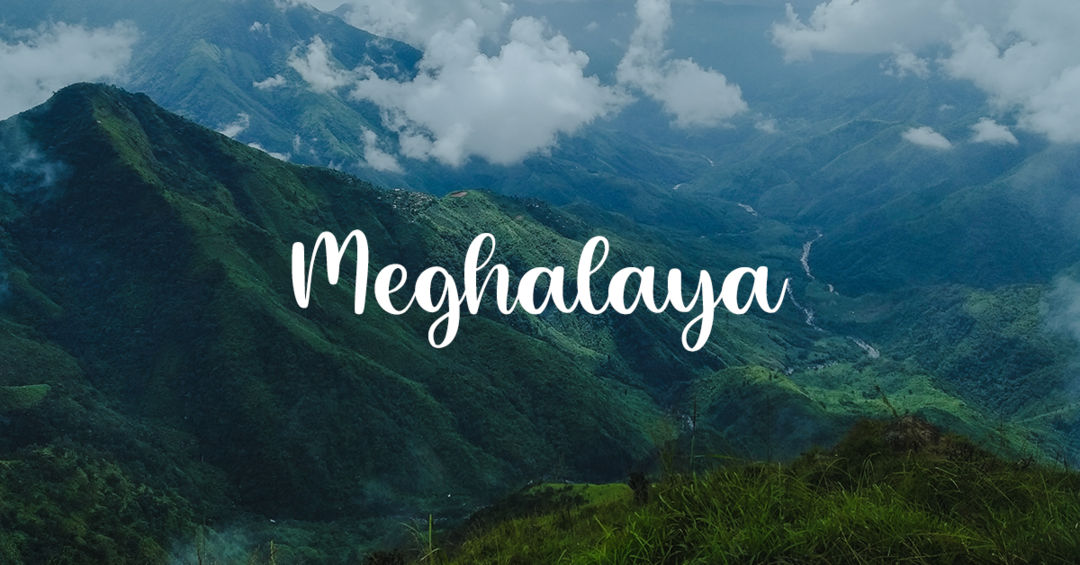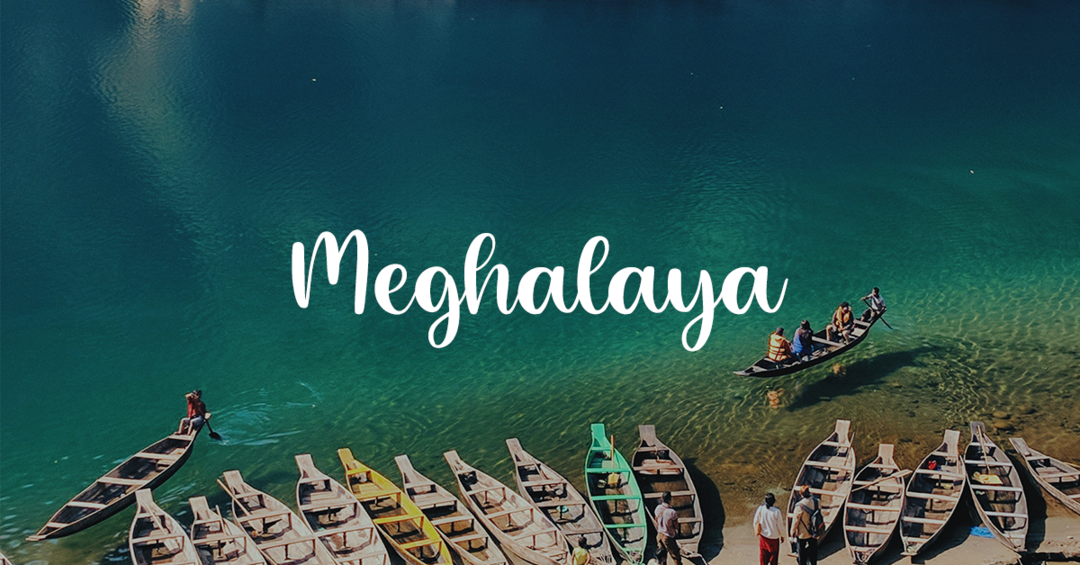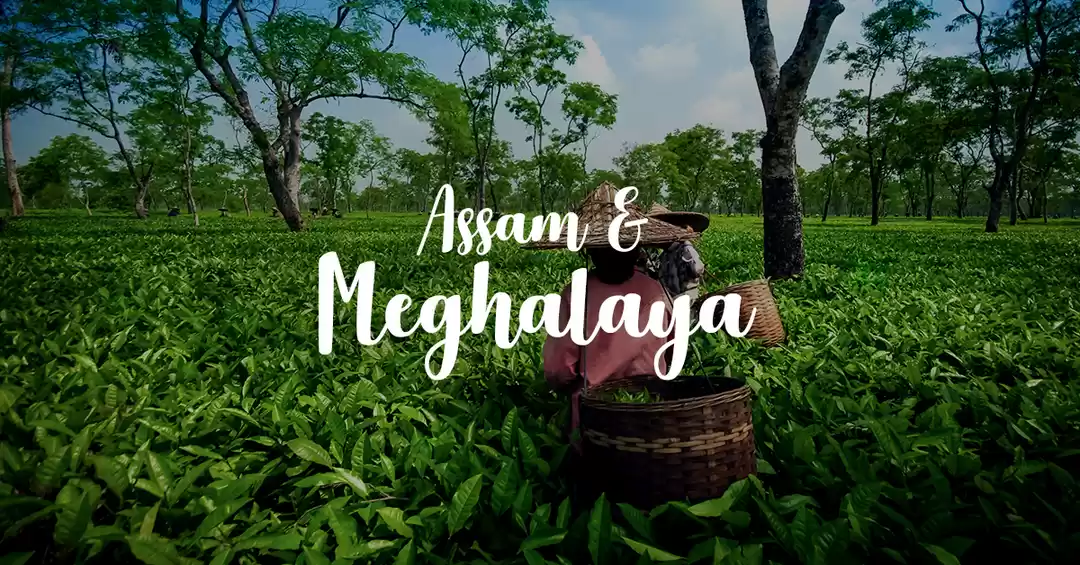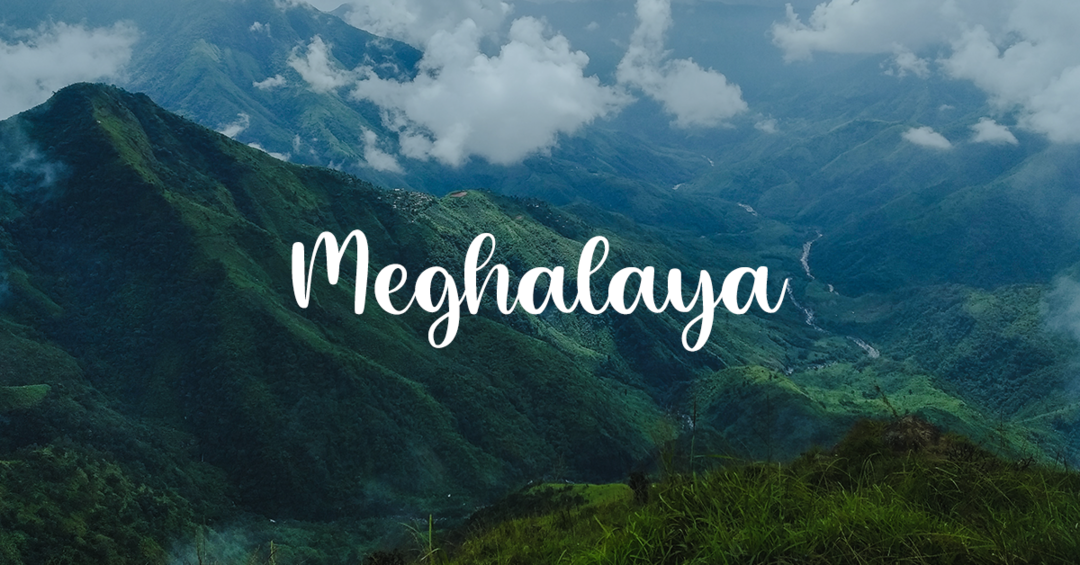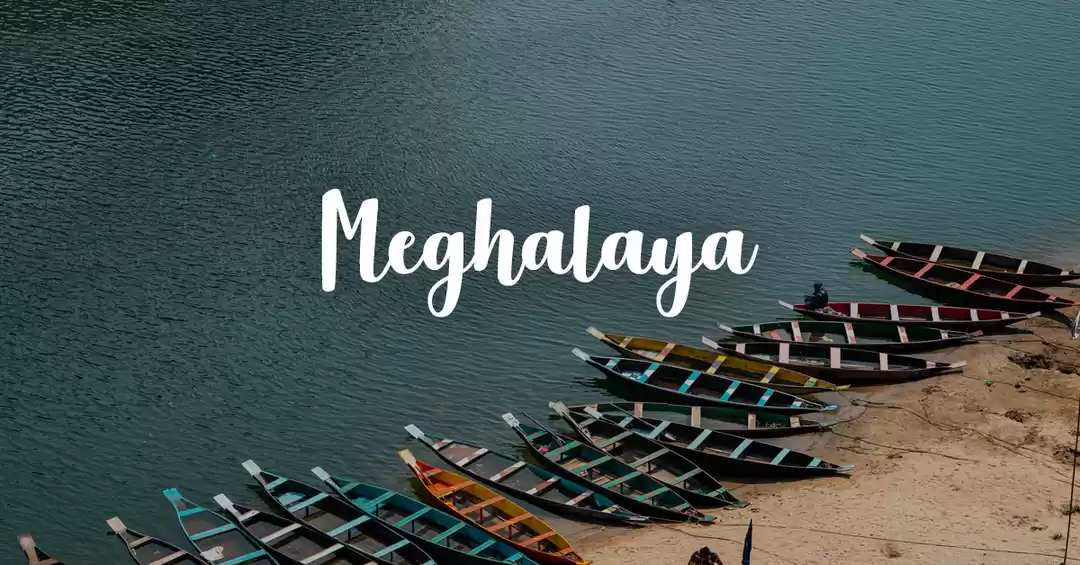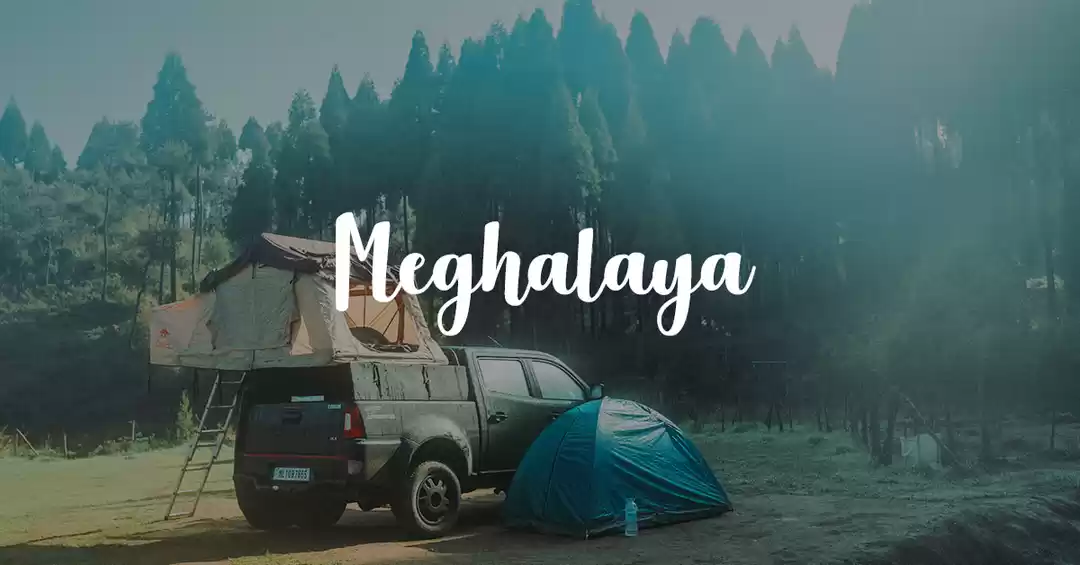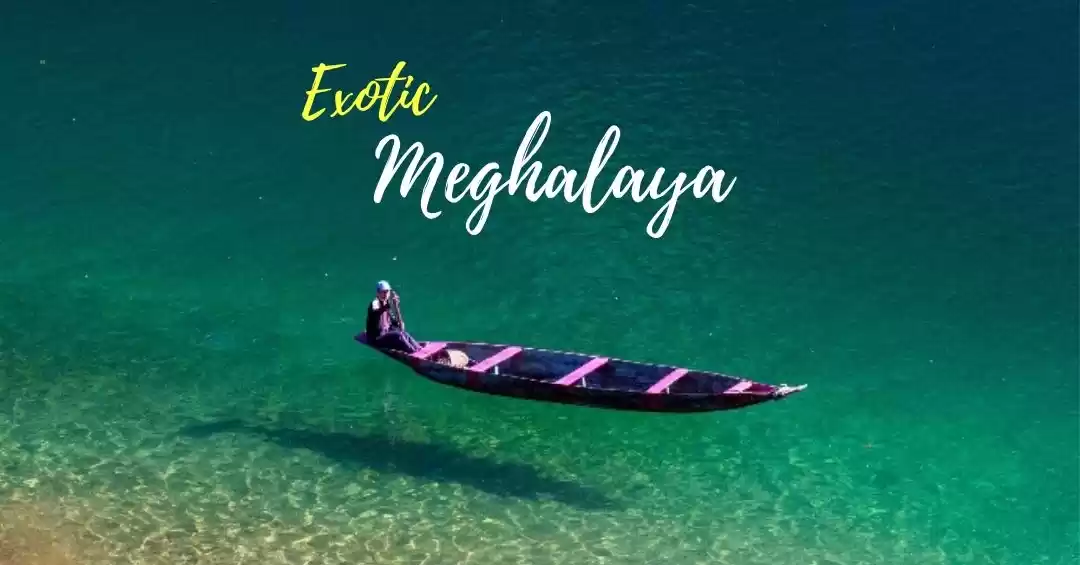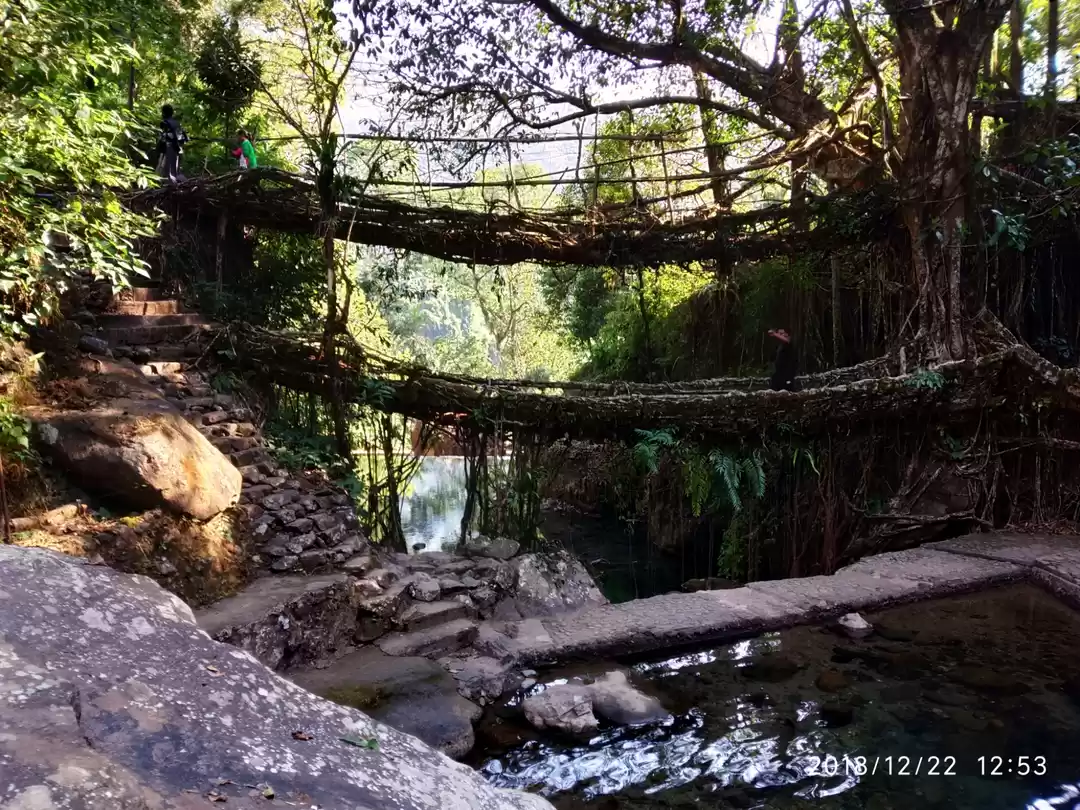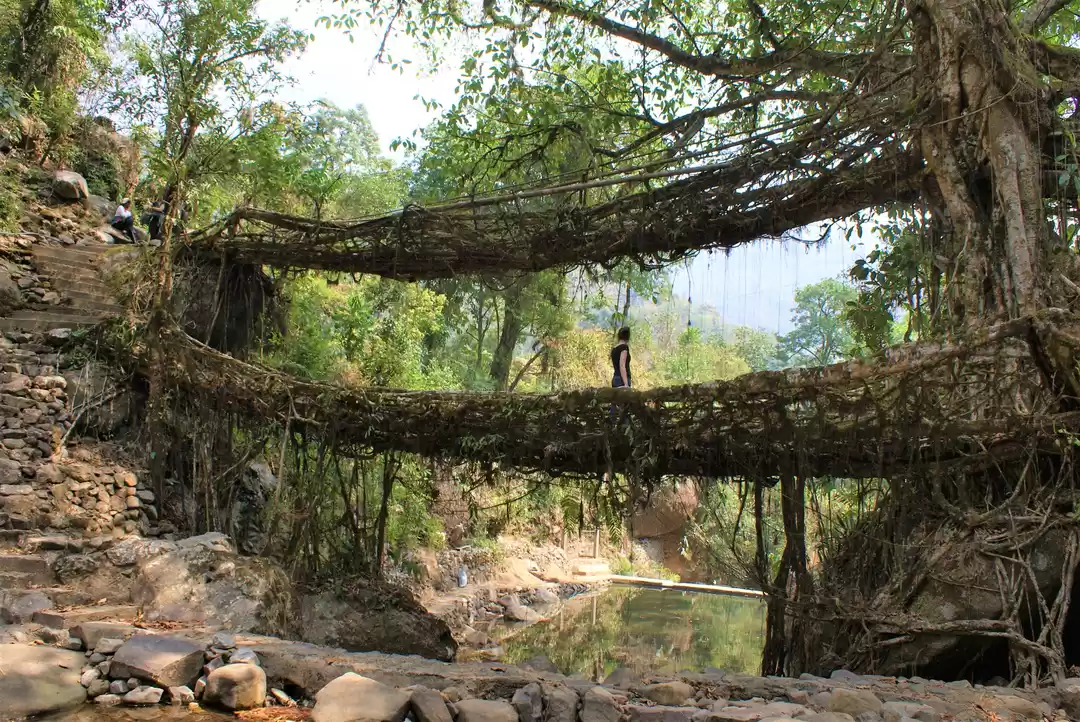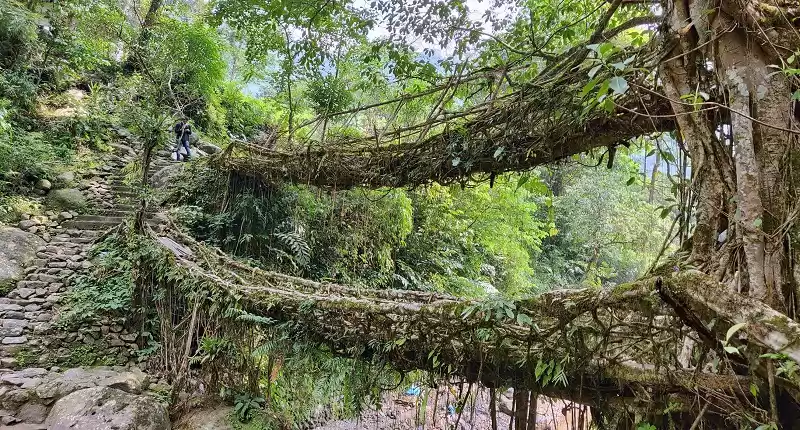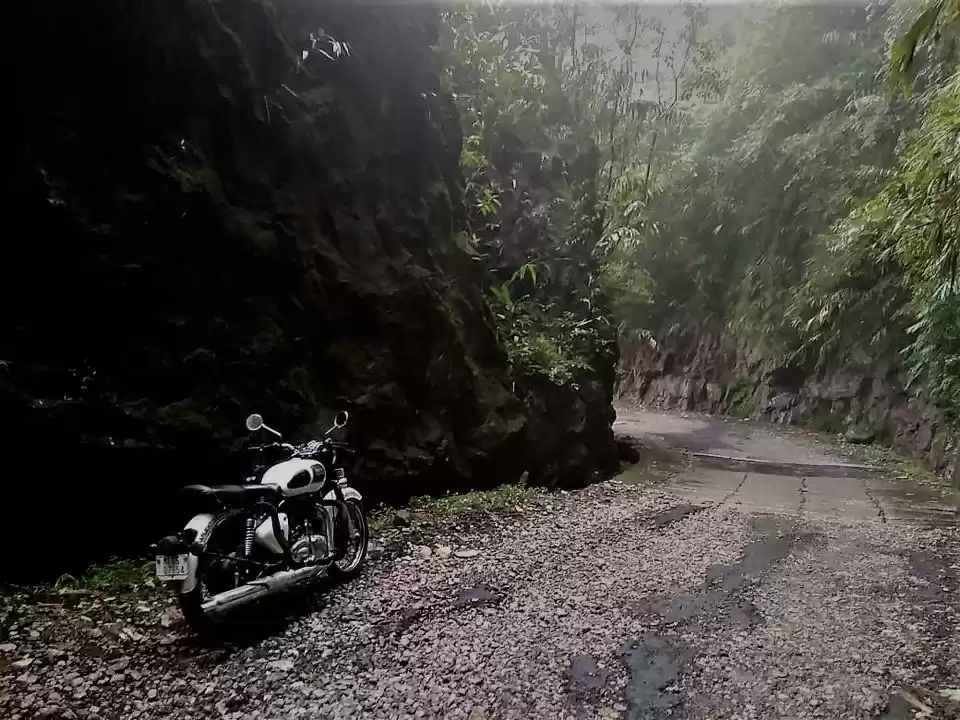
I have my reasons to remember this trip for a very long time to come. It was my first self organized trip with two other friends, for whom like me, it was the first solo trip. Addressing our families' inhibitions regarding our safety had been time consuming but after some reluctance, we had their approvals to go on our own to the beautiful and unexplored states of Assam and Meghalaya. The time of the year was right and with every detail in place, we embarked upon our trip in the month of November.
Among prominent places in Assam like the Kamakhiya Temple, cruise on the mighty Brahmaputra river, Kaziranga National Park and the waterfalls of Meghalaya, we had a lesser known attraction called the "Double Decker Living Root Bridge" in our list of destinations. Located among the hills of Cherapunji in Meghalaya, this site was not be missed, yet it was a place not too popular with tourists for its inaccessibility and the notion that what could possibly be so special about roots.
We started for Cherapunji from Guwahati and after a 5 hours drive (around 150 kms ) had checked in at a local hotel. In a place like Cherapunji, one would probably not get the luxuries of a decent urban hotel, but the freshly cooked food and friendly hosts meant a lot more and we loved it. After the long road journey, we called it a day and next morning early on, we were ready to visit the root bridge. The hotel receptionist advised us taking a tour guide for the route could be confusing and that there would be no mobile signal available in the remote mountains. We agreed. In few minutes we had our guide, Jeet, a guy in his mid twenties greet us. He looked at us, had a short laugh and termed us unfit for the trip. The reason ? "You have the wrong attire for an adventure trek. You might want to have something more loose to wear", he said.
We quickly got into something more comfortable and by 9 am had reached the starting point of the trek. It was here we were told reaching the bridge would take us a good 3000 steps of downhill climb ( to the base of the mountain ), followed by crossing a river on a suspension bridge and then some few hundred steps uphill climb ( onto another mountain ). If that was not enough, we were expected to come back the same path before dusk and that would be the bigger challenge. I remember the three of us staring at each other with a strong urge to go for it, but don't remember who voiced it first.
It started off very well. We were enthusiastic and energized and thought getting down a few thousand steps would be cake walk. However mid way into it, we realized our legs started showing early signs of fatigue and started to tremble. The steep steps made it difficult for us to maintain balance and the more we continued the riskier it got. Thanks to some expert advice from Jeet, we started taking periodic breaks and learnt a few tricks to prevent ourselves from falling head over heals. Very soon we realized we needed some extra support to get down the steps. With trees all around we made some custom walking sticks and that made a significant difference. Though the urge to take a break and relax our muscles was very high, Jeet insisted we continue while we could for we would need more breaks on our return journey.

On our way, we also small groups of houses. It was amazing to see how people managed to live there, in the middle of nowhere. Even the basic needs would require climbing hundreds of steps to reach a point from where they could get any transport to the nearest market. They were all very friendly and encouraged us not to give up. I am sure they must have pitied us for being so unfit to even climb down stairs, let alone trek through uneven paths, which probably for them was routine.

A little over three hours, we reached the base of the mountain. A suspension bridge took us to the base of another and as we saw some other tourists, we were relieved, assuming our destination was not too far off. An hour of upward climb, we reached the point we had taken the entire trouble for. What we saw was something beyond our imagination. Our sight was fixed on something so unusual that the pain in our legs and hunger pangs got replaced by the want to go down a stream of water to get a better view.
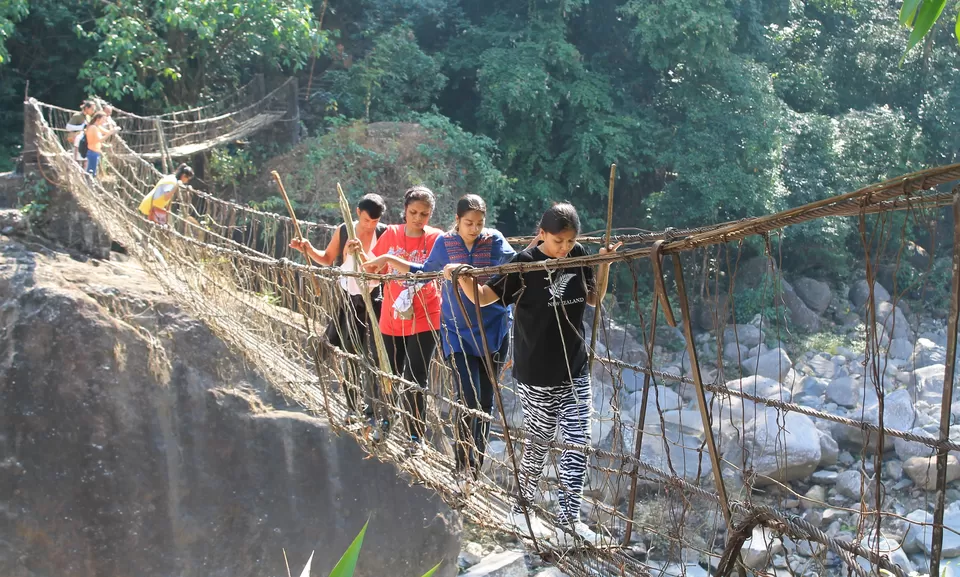
It was a natural wonder to behold. It was something we had never imagined could have taken shape in the most natural way possible, but here it was, right in front of us, a unique creation we had not expected to see.
Over a stream of water there were naturally formed two leveled bridges made of living roots. These roots were of trees located on opposite banks. The bridge was such intricately structured that the roots of one tree from one bank of the stream had merged into the tree on the opposite bank and vice versa , creating two levels of bridges over the water. These levels were spaced more than 10 feet apart one on top of the other and were strong enough to support people walking on them.
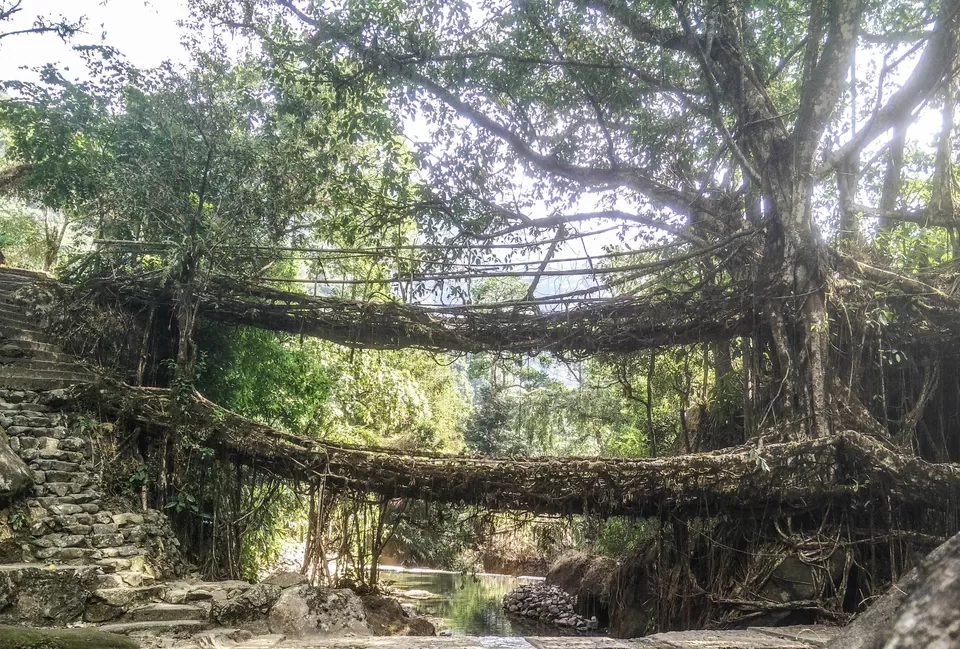
A closer look showed they had grown to be thicker and stronger with time.

We sat on the rocks nearby appreciating the marvel from a distance and at times taking pictures. Our feet were tired and they desperately needed rest. There was a small eatery run by the locals which served quick bites like noodles and fruits. We also had Jeet constantly reminding us not to get too comfortable and we had an uphill task on our way back, literally. Unfortunately it was no place to spend the night and at all costs had to return to our hotel the same day.
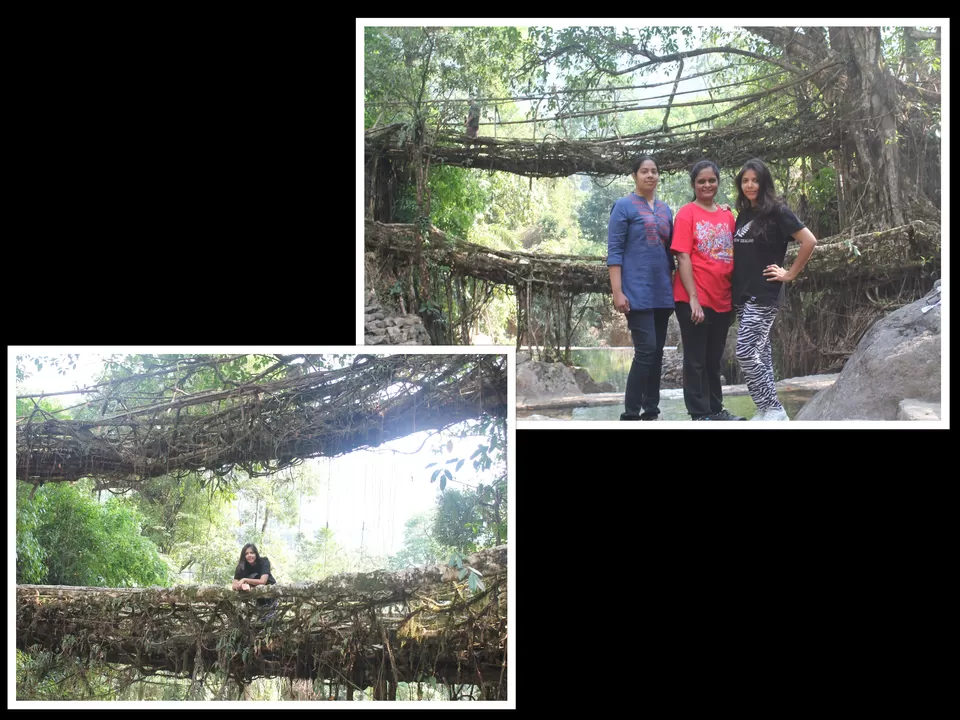
It was fun to climb up the bridge get a view of ground below. We got to feel the roots and see how they were intertwined. Though they were thick and strong, there was some additional support provided with planks of wood to walk on, but overall the bridge was neatly structured.
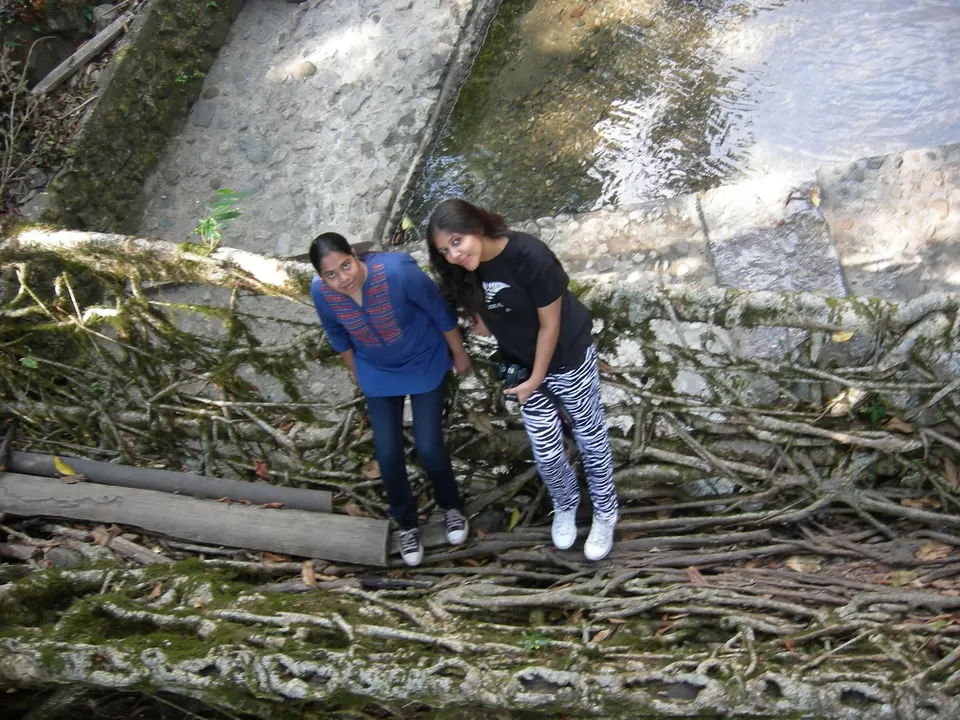
After a couple of hours and a quick snack, we started our journey back. Since we had an idea of what lay ahead, we made conscious efforts to keep our enthusiasm high. It was no surprise we lacked strength to climb 3000 steps. As before, Jeet came to our rescue. It turned out he was an excellent guide trying his best to keep our spirits high, ensuring we did not give up on him. We were tired and hungry, but being aware of what harm it would do, Jeet suggested we continue on energy drinks instead. Later we realized, if we had not had him, with none or little experience in trekking for so long, we would have ended up doing mistakes thereby affecting our plan.
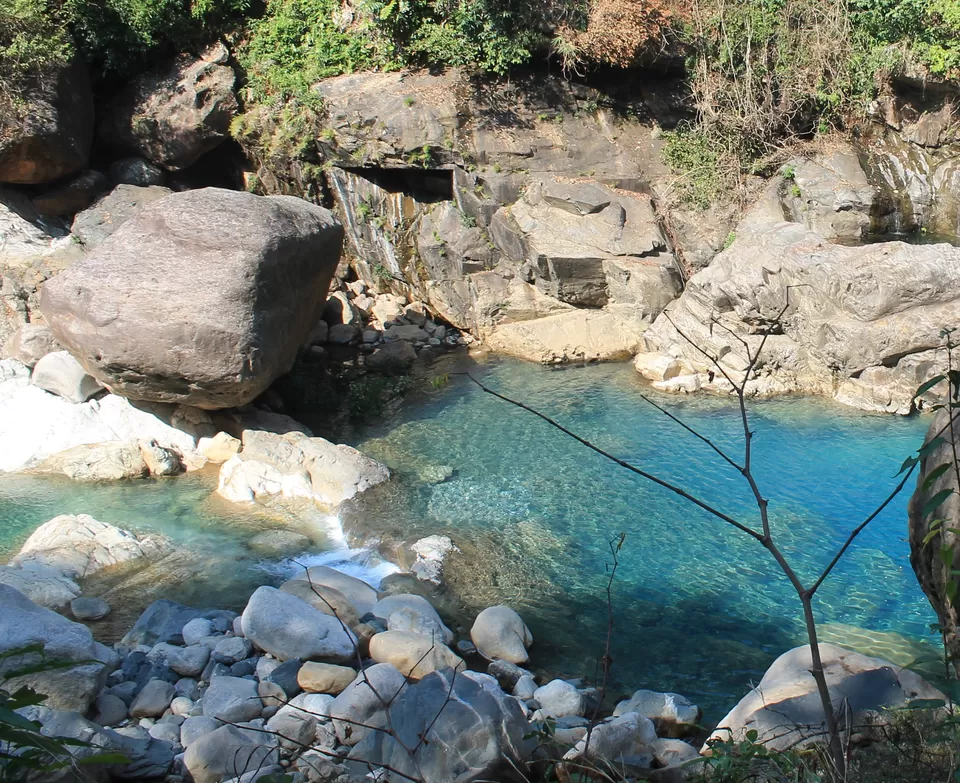
By midway, the climb had become very tiresome and for me climbing ten steps without a break became difficult. I desperately wished someone airlifted me. But we had each other with motivating ideas, and as we talked and continued climbing, after a 4 hours ordeal we finally reached our starting point. It was ironical that at this point tiredness got the better of us and we were no longer hungry. All we needed was a hot shower and sleep.
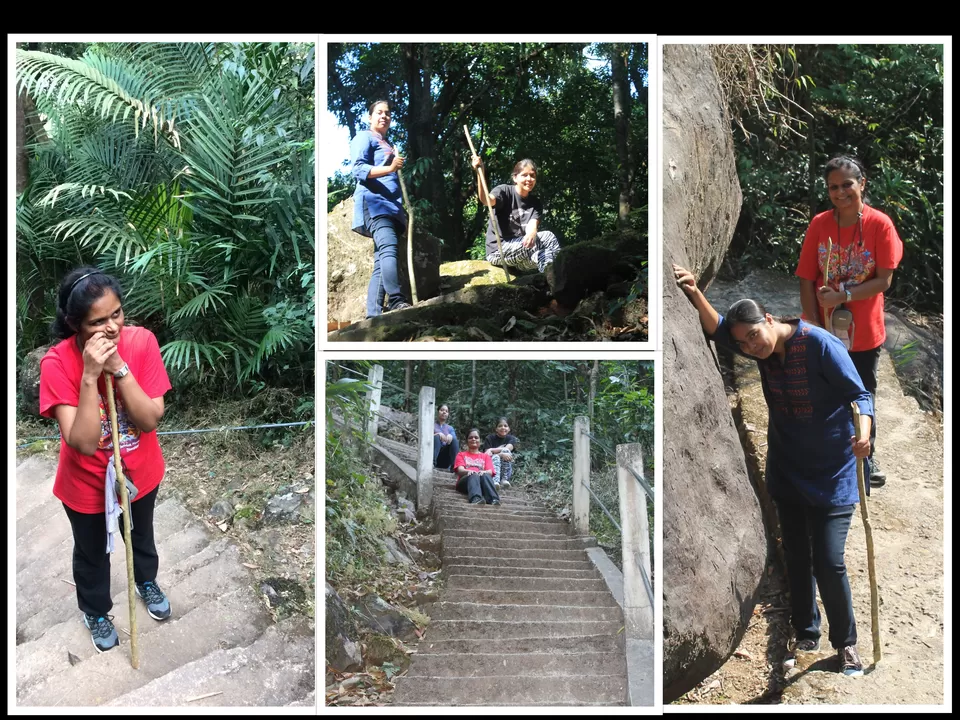
We thanked Jeet for it wouldn't have been possible without him and that was a fact. Though, before we had started from our hotel, we had contemplated the idea of having a tour guide, but the experience made us realize it wasn't about the destination but the path to the the destination that mattered. Having Jeet was more about having someone who understood the effect such a trek could have on amateurs like us and how important it was to be safe, careful and at the same time motivated enough to push our limits. Jeet was perfect for the job he was doing and we were all happy to have had him.
As we reached our hotel, the receptionist got a fair idea of how our day had been. He was equally pleased to know it was a success and that having Jeet had helped us immensely. We had a quick and sumptuous dinner and it wasn't long before we slipped into deep sleep. The next morning we left Cherapunji and on our way back recollected our experience, finding it hard to believe what we had seen was for real. Our legs ached for the next few days but the experience was worth all the trouble we took. For us it was a memorable one for a very long time to come.
As I summarize my experience, the Double Decker Living Root Bridge is an example of how nature amazes us in the most unexpected ways. The bridge is something we had never imagined would be possible to exist. Such natural wonders give us a deeper realization of discovering such hidden treasures but at the same time preserve them in their natural form. Aptly categorized as a UNESCO heritage site, it is a gem hidden from the world. I hope it lives for many more years to come and continues to amaze future generations.



